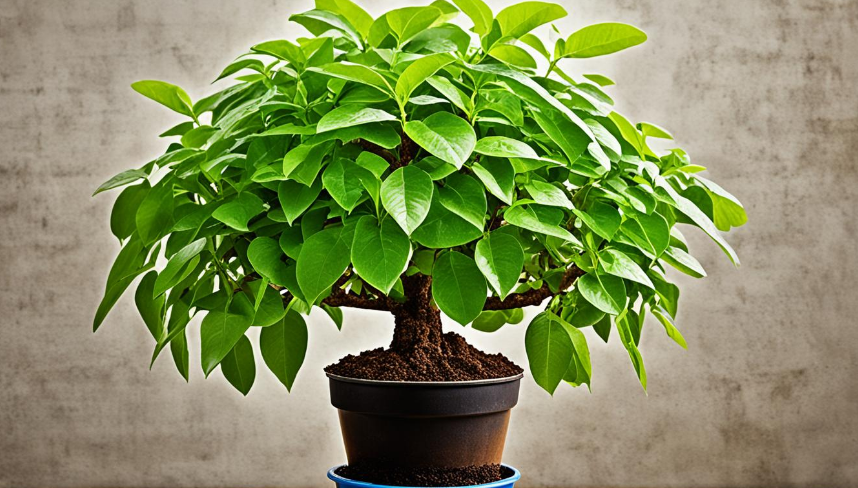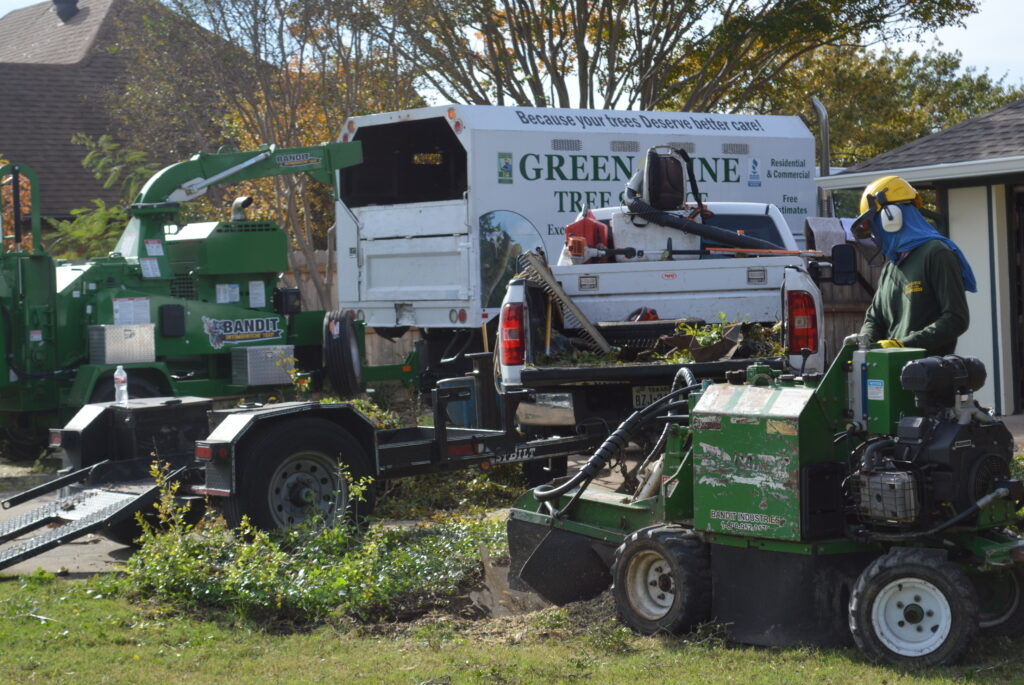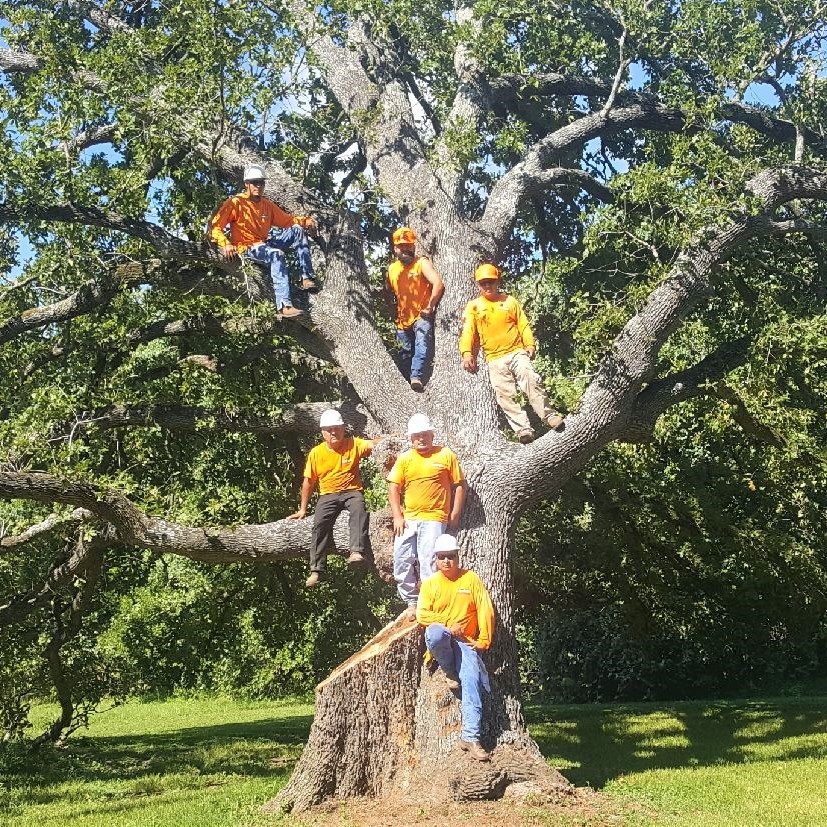The Ultimate Guide to Money Tree Bonsai: Care, Growth, and Benefits
Introduction to Money Tree Bonsai
What Is a Money Tree Bonsai?
A Money Tree Bonsai, often seen as a symbol of good luck and prosperity, is a miniature version of the Pachira Aquatica. Known for its braided trunk and lush, green leaves, this plant is ideal for both beginner and expert bonsai enthusiasts.
The Origins and Significance of Money Trees
The Money Tree originates from Central and South America, where it naturally grows in wetlands. It’s believed that its unique shape and resilience bring good fortune, making it a popular choice in Feng Shui.
Benefits of Having a Money Tree Bonsai
Symbol of Prosperity and Good Luck
Many people keep Money Tree Bonsais in their homes or offices to attract positive energy, wealth, and prosperity. Its unique aesthetic and symbolism make it more than just a plant—it’s a lucky charm!
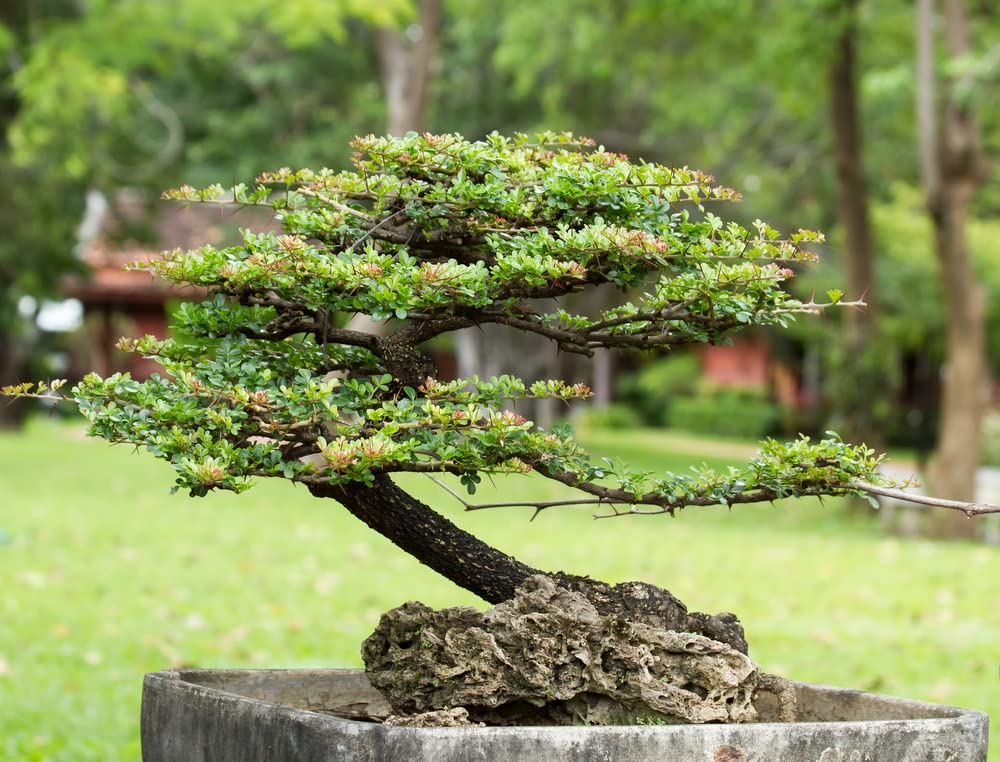
Purifies Indoor Air
The Money Tree Bonsai is known to filter indoor air by absorbing toxins, which helps in creating a healthier living environment. It’s a great addition for anyone looking to boost indoor air quality.
Adds Beauty to Home Decor
With its braided trunk and vibrant foliage, the Money Tree Bonsai adds a touch of elegance to any room. Its compact size makes it perfect for shelves, desks, or small corners, enhancing indoor spaces with its beauty.
Choosing the Right Money Tree Bonsai
Selecting a Healthy Plant
When choosing a Money Tree Bonsai, look for a plant with deep green leaves, sturdy stems, and a well-braided trunk. Avoid plants with yellow or wilted leaves, as they may indicate health issues.
Factors to Consider Before Buying
Consider the size of the bonsai, your space, and its light requirements. The plant’s health, age, and the seller’s reputation are also important factors to ensure you bring home a thriving bonsai.
Growing a Money Tree Bonsai at Home
Soil Requirements for Money Tree Bonsai
Money Tree Bonsais prefer a well-draining soil mix. A blend of sand, perlite, and peat moss is highly effective. The soil should retain moisture but drain excess water easily to prevent root rot.
Best Potting Mix and Containers
A shallow, well-draining pot is ideal for a Money Tree Bonsai. Make sure the pot has drainage holes to avoid water buildup. A potting mix specifically for bonsais or succulents will provide the right balance for the plant.
Watering Guidelines
Water your Money Tree Bonsai when the top inch of soil feels dry. Excessive watering can result in root rot, whereas insufficient watering might make the leaves wilt. Use water at room temperature, and try not to get the leaves wet directly.
Proper Placement and Light Needs
Ideal Lighting Conditions
Money Tree Bonsais thrive in bright, indirect sunlight. A location close to a window with gentle, indirect light is ideal. Direct sunlight can scorch the leaves, so it’s best to avoid placing it in the sun’s direct path.
Can Money Tree Bonsai Tolerate Low Light?
While Money Trees can tolerate low light, it’s not ideal for their growth. If placed in low light, they may grow slowly or develop leggy stems. A grow light can be beneficial if natural light is insufficient.
Pruning and Shaping Your Money Tree Bonsai
When and How to Prune
Regular pruning helps maintain the shape and size of your Money Tree Bonsai. Trim back long stems and remove any yellowing or damaged leaves. Prune in the spring or summer for optimal growth.
Training and Wiring Techniques
To achieve the classic bonsai shape, use wire to guide the branches. Be gentle to avoid damaging the bark, and remove the wire after a few months to allow the branches to settle into place.
Common Challenges and Solutions
Handling Pests and Diseases
Common pests include spider mites and aphids. A mild insecticidal soap or neem oil spray can help keep these pests at bay. Promote proper airflow to minimize the chance of fungal infections.
Overwatering and Underwatering Issues
Both overwatering and underwatering are common issues. Yellowing leaves often suggest too much water, while dry, crispy leaves typically point to a lack of watering. Adjust your watering routine accordingly.
Seasonal Care Tips for Money Tree Bonsai
Summer Care
During summer, water more frequently, as the plant may dry out quickly. Place the bonsai in a well-ventilated area, and mist it occasionally to increase humidity.
Winter Care
In winter, reduce watering, as the plant’s growth slows down. Keep it away from cold drafts and ensure it receives adequate light, even if it means using a grow light.
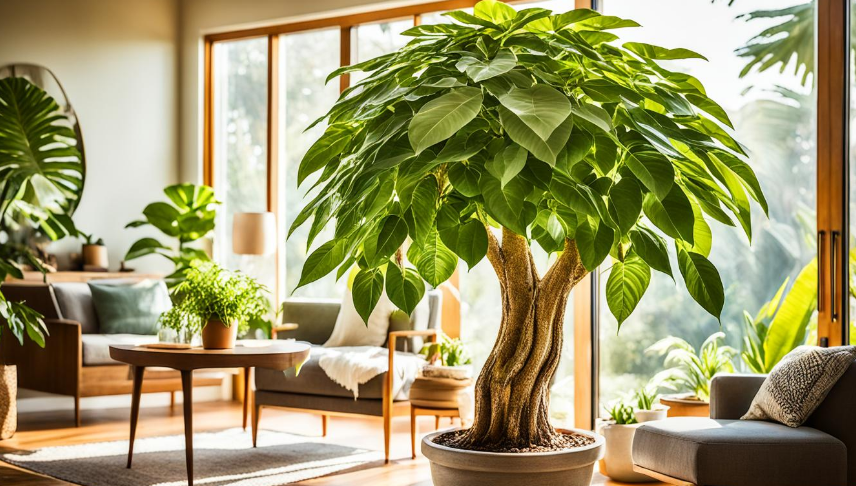
Repotting Your Money Tree Bonsai
When to Repot
Repotting every two to three years helps refresh the soil and gives the roots more space. Early spring is the best time to repot a Money Tree Bonsai, as it aligns with its natural growth cycle.
Steps for Successful Repotting
Carefully remove the bonsai from its pot.
Trim any dead or overgrown roots.
Place the plant in fresh, well-draining soil in a slightly larger pot.
Water thoroughly and place in indirect light.
Conclusion
Growing a Money Tree Bonsai is a rewarding experience that brings beauty, luck, and a sense of calm to your home. With proper care and attention to light, water, and pruning, your bonsai will thrive and bring you joy for years to come.
